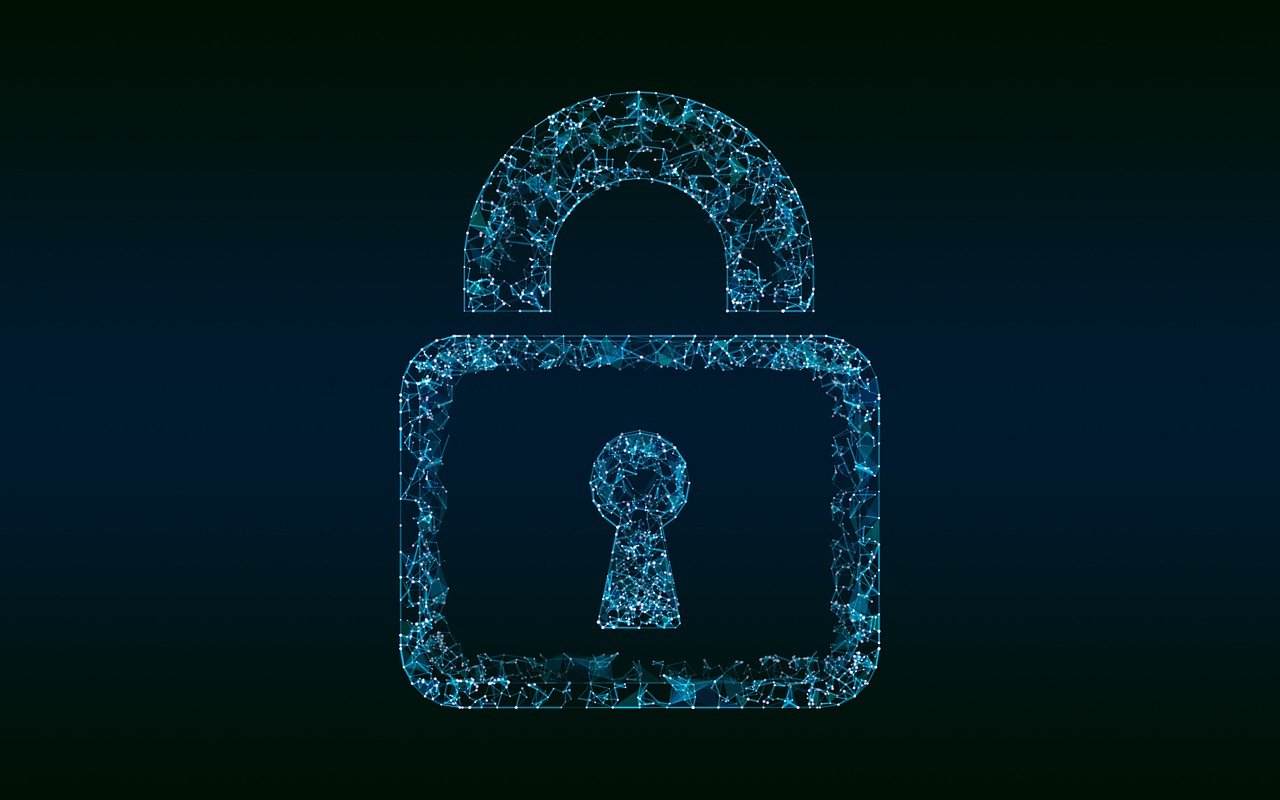
How Zero Trust Can Prevent Ransomware Attacks in 2025
Introduction
Ransomware attacks have skyrocketed in frequency and sophistication, costing businesses billions of dollars annually. In 2025, cybercriminals are using AI-powered malware, advanced phishing tactics, and double-extortion techniques to target organizations of all sizes. Traditional security models that rely on network perimeters and implicit trust are failing to prevent these attacks.
This is where Zero Trust Security comes in. Zero Trust operates on the principle of “never trust, always verify,” enforcing strict identity authentication, least privilege access, and continuous monitoring. By implementing a Zero Trust framework, businesses can significantly reduce the risk of ransomware infections, contain threats, and prevent unauthorized access.
This article explores how ransomware attacks work, why traditional security fails, and how Zero Trust provides a robust defense against modern ransomware threats.
The Rising Threat of Ransomware in 2025
1. The Cost of Ransomware Attacks
According to cybersecurity reports, ransomware damages are projected to exceed $265 billion annually by 2031, with a business falling victim every two seconds. Organizations face data encryption, financial extortion, and severe reputational damage.
2. AI-Powered & Automated Attacks
Cybercriminals are leveraging Artificial Intelligence (AI) and machine learning to automate attacks, bypass traditional defenses, and spread malware across networks rapidly.
3. Double & Triple Extortion Ransomware
Modern ransomware attackers don’t just encrypt data—they exfiltrate sensitive files and threaten to leak them publicly. Triple extortion adds additional pressure by targeting customers and partners.
4. Targeting Cloud & Remote Workforces
With businesses operating in multi-cloud environments and remote work models, attackers exploit misconfigured cloud storage, weak VPNs, and stolen credentials to deploy ransomware.
Why Traditional Security Fails Against Ransomware
🚫 Perimeter-Based Security is Outdated – Once an attacker breaches the network, they move laterally without restrictions.
🚫 Lack of Identity Verification – Users and devices are often trusted by default, making it easier for attackers to gain unauthorized access.
🚫 Overprivileged Access Rights – Employees and applications often have more access than necessary, increasing exposure to ransomware threats.
🚫 Limited Visibility & Monitoring – Many organizations fail to detect ransomware activity until it’s too late, allowing attackers to encrypt files undetected.
How Zero Trust Prevents Ransomware Attacks
Zero Trust eliminates implicit trust and enforces strict verification, access controls, and continuous monitoring to prevent ransomware infections and contain attacks.
1. Identity & Access Management (IAM)
🔹 Multi-Factor Authentication (MFA) ensures that even if credentials are stolen, attackers cannot easily gain access.
🔹 Role-Based Access Control (RBAC) restricts users to only what they need, limiting ransomware spread.
🔹 Adaptive Authentication uses AI to detect anomalies and block suspicious login attempts.
2. Least Privilege & Just-in-Time Access
🔹 Zero Trust enforces the “least privilege” principle, ensuring users and devices can only access what is strictly necessary.
🔹 Just-in-time (JIT) access grants temporary, monitored access to reduce persistent attack surfaces.
3. Micro-Segmentation & Lateral Movement Prevention
🔹 Network segmentation isolates critical assets, preventing ransomware from spreading across systems.
🔹 Micro-segmentation ensures even compromised endpoints can’t access sensitive data.
4. Continuous Monitoring & AI-Driven Threat Detection
🔹 Security Information & Event Management (SIEM) solutions analyze user behavior and detect ransomware indicators.
🔹 AI-driven security analytics identify unusual file encryption activities and automatically block threats.
5. Endpoint Security & Zero Trust Network Access (ZTNA)
🔹 ZTNA ensures remote employees access applications securely without exposing corporate networks.
🔹 Advanced endpoint protection detects and quarantines ransomware before it executes.
Real-World Impact of Zero Trust in Stopping Ransomware
Case Study: How Zero Trust Prevented a Ransomware Breach
A global enterprise implemented Zero Trust principles across cloud and on-premise environments. When attackers attempted to deploy ransomware using stolen employee credentials, the combination of MFA, least privilege access, and micro-segmentation prevented the malware from spreading. Security teams detected the anomaly in real time and mitigated the threat before any data was encrypted.
Why Businesses Must Adopt Zero Trust in 2025
1️⃣ Proactively Stops Ransomware Before Execution – Enforces strict authentication and blocks suspicious activities.
2️⃣ Prevents Lateral Movement – Micro-segmentation isolates systems and limits attacker mobility.
3️⃣ Minimizes Insider Threats & Credential Abuse – Enforces role-based access and adaptive authentication.
4️⃣ Ensures Compliance with Security Regulations – Meets NIST, ISO 27001, SOC 2, GDPR, and FedRAMP standards.
5️⃣ Reduces Downtime & Financial Losses – Strengthens cybersecurity posture, avoiding costly ransom payments.



